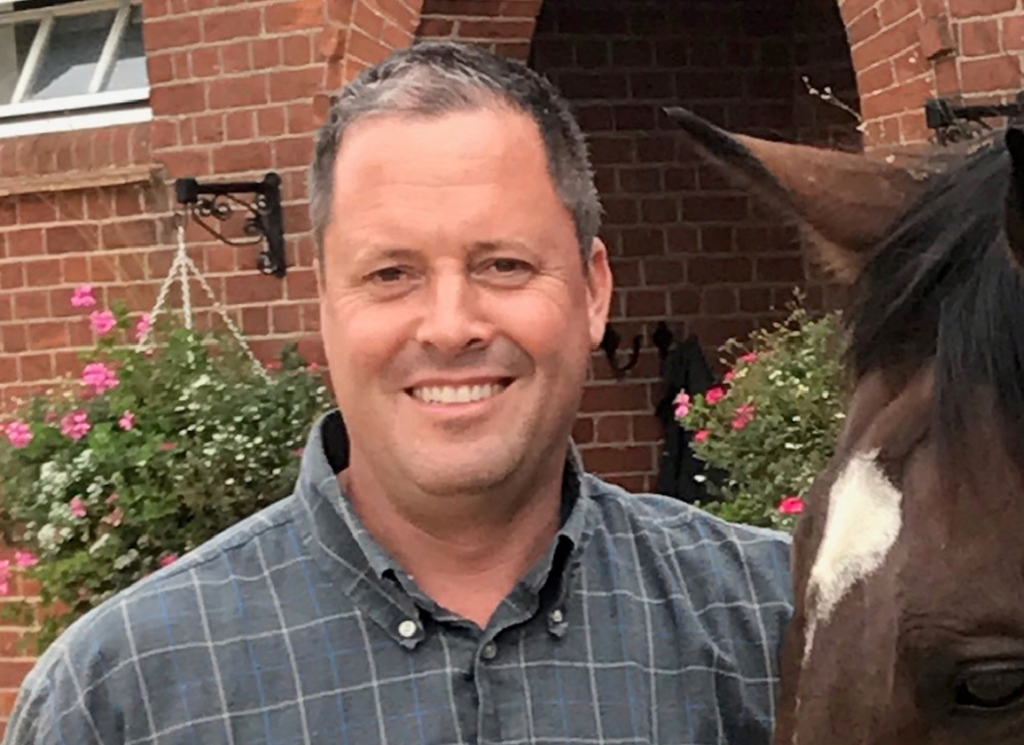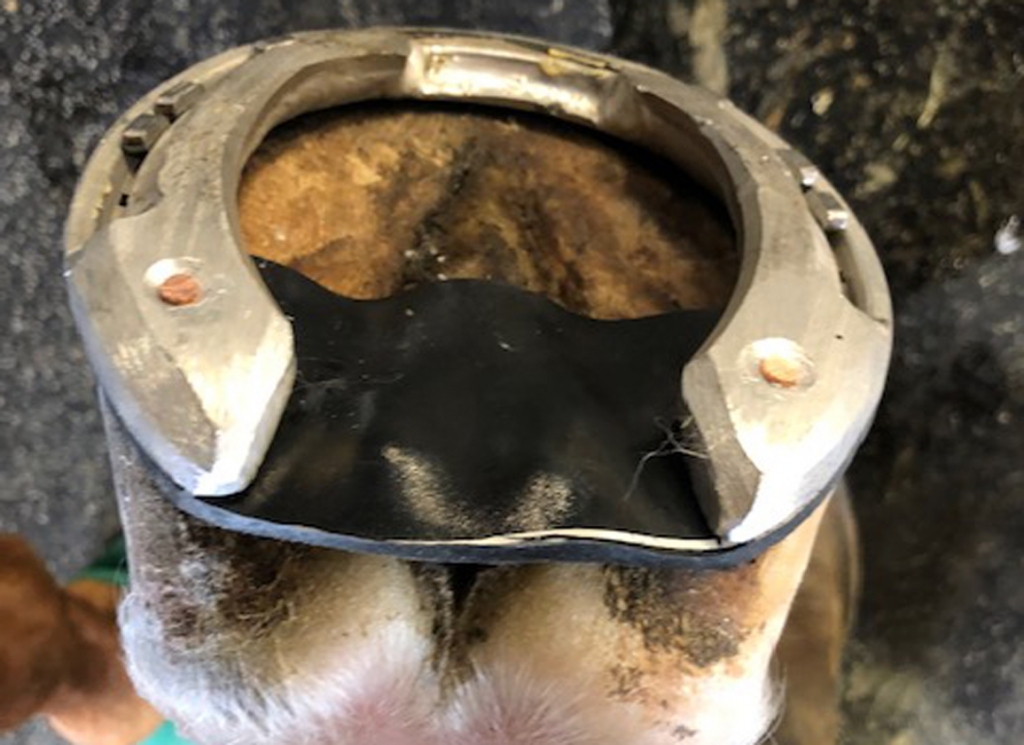I've often wondered about the significance and the origins of what I might label the arbitrary four-week shoeing cycle, and its strict adherence by some owners, trainers and stable managers. I recognize scheduling is simplified when the shoeing occurs the same day every month. However, having now done this job for some time, I have identified many circumstances where horses would benefit with more time in between shoeing and on more than one occasion that has been my recommendation (accepted or not).
Unfortunately, there are some non-farrier professionals who fail to recognize how frustrating it can be for a farrier in situations where there is little or nothing to do when addressing a horse's hooves. This is especially true in examples of horses with poor feet, odd hoof conformation, and the often-associated lack of hoof growth. Most unnerving are the circumstances connected to top performers, and a farrier's singular mission to ensure soundness and optimal performance against all odds. Interestingly, in top performers of any sport or discipline, there exists some correlation between superior performance and hoof-related issues.
Routine struggles can be commonplace with some farm managers' insistence on tight schedules due to travel or competitions, often overriding or disregarding individual horse needs. On these occasions, virtually little or nothing can be done from a trimming standpoint and farriers find themselves going through the motions. It seems counterintuitive and possibly even detrimental in one's attempts to maintain and/or improve the hoof's integrity, often resulting in more nail holes, broken hoof walls, possible results from the stress, pressure and “The torque of the shoe's marriage to the dynamic hoof.
Often, owners and trainers are nearby keeping a close eye, a predictable scenario when working on their top horses. Occasionally they chime in, “you did nothing” or quizzically “not much foot there.” Usually I have a quick persnickety reply, “I get paid for what I leave on and not what I take off,” borrowing from an old timer.
How does a younger, less experienced farrier react to those occurrences and statements?
Undoubtedly, the unspoken pressure results in some obligation to do something greater than lightly rasping and repositioning the shoe for compensation, which can lead to unnecessary invasiveness, harmful to the foot and the horse's soundness.
It stands to reason, very simplistically, taking something flat and rasping it flatter probably won't increase or improve the vertical depth of the coffin bone, but maybe extra time with correctly executed interventions could.
So how long does it take for the hoof to grow, what may affect growth, and how can positive hoof growth be promoted? There are many factors which are believed to influence the hoof's quality and the amount of future growth, but there are also as many mysteries. Any attempts to make a convincing argument on this topic that 100% applies can prove elusive. There is always one horse that can make you a liar. Some horses can routinely grow significant amounts of hoof, but why that is can only be theorized. Hoof growth can be quantified by measurements of the toe's length with changes equaling 1/4 to 1/2 inch or more. Farrier visits and time in between certainly can affect this measurement. However, there are always exceptions and some horses may require shorter periods of time (three weeks) in between appointments, while others can go longer (six to eight weeks). When considering the shod hoof, the frequency of visits are primarily dictated by the ability to maintain the shoe's integrity, perhaps the farrier's greatest challenge.
It's universally acknowledged that it takes approximately one year for the hoof to grow from the top of the coronary band to the bottom of the foot. Old-school horsemen often preached the belief of the dam's influence on her offspring's hoof conformation and presentation, something I can directly attest to (including a propensity to kick). Genetics aside, diet, environment, terrains, work, conformation, injuries, climate, weather, moisture or lack thereof, and the time of year, as well as previous farrier interventions, all directly influence hoof growth. The most often overlooked influence on hoof growth are forces and pressures experienced, encountered, absorbed, and dampened, affecting circulation and a hoof's ability or inability to allow healthy blood flow which plays the most significant role in overall foot health and future growth. The hoof grows away from pressure, so low-heeled hooves have increased heel pressure and restricted blood flow promoting the foot's forward migration. Conversely, the same can be said with the presentation of high heels, shorter toes, medial, or lateral pressures.
Certainly, all of this trimming and 'balancing' keeps us farriers in business and recent changes in thought have owners and trainers considering individual needs instead of the calendar to the horse's betterment. This shift in thinking likely comes as a result of previous experience and unintended negative consequences.
Regrettably, time may never be on our side and overriding factors may fail to account for the time needed for optimal hoof growth. Shoeing schedules vary throughout the world, with greater amounts of time elapsing in between farrier visits, however, economics and environment may influence those practices.
In the end, the foot can only grow with time, proper nutrition, care, and maintenance. It's amazing how resilient the foot can be and it's always advisable to follow the recommendations of one's farrier or a knowledgeable professional. They may likely suggest the application of certain approved hoof dressings and/or topical ointments to the coronary band or sole meant to stimulate blood flow, hoof growth and/or enhance protection. The added extra steps actually work and most farriers report an ability to detect improvements.
Jude Florio, who has served as a professional farrier for over 20 years, is also a patented inventor having earned a graduate diploma from the University of London's Royal Veterinary College in Applied Equine Locomotor Research. He is among the current MSc Equine Science cohorts researching the effects of farrier interventions at the University of Edinburgh, Royal 'Dick' School of Veterinary Studies (June 2023).
The post Growing Pains appeared first on TDN | Thoroughbred Daily News | Horse Racing News, Results and Video | Thoroughbred Breeding and Auctions.


